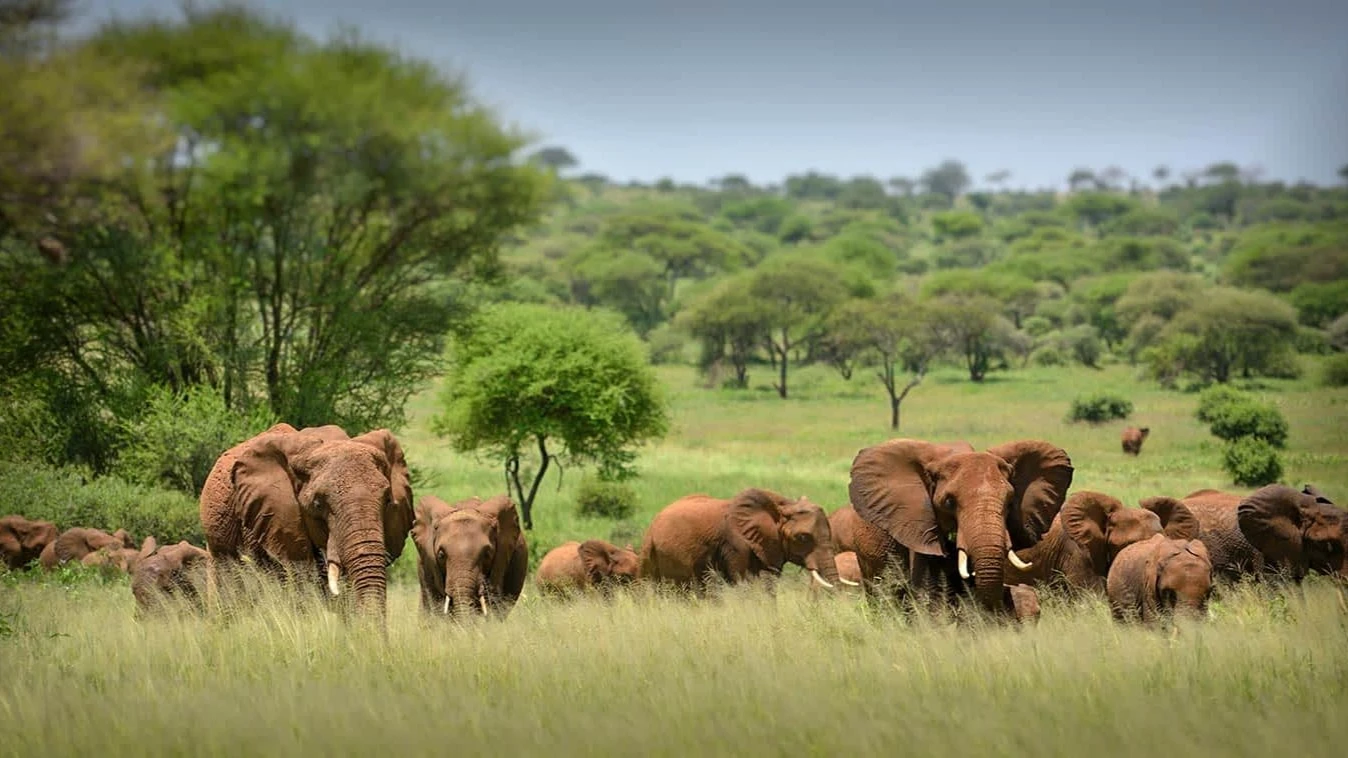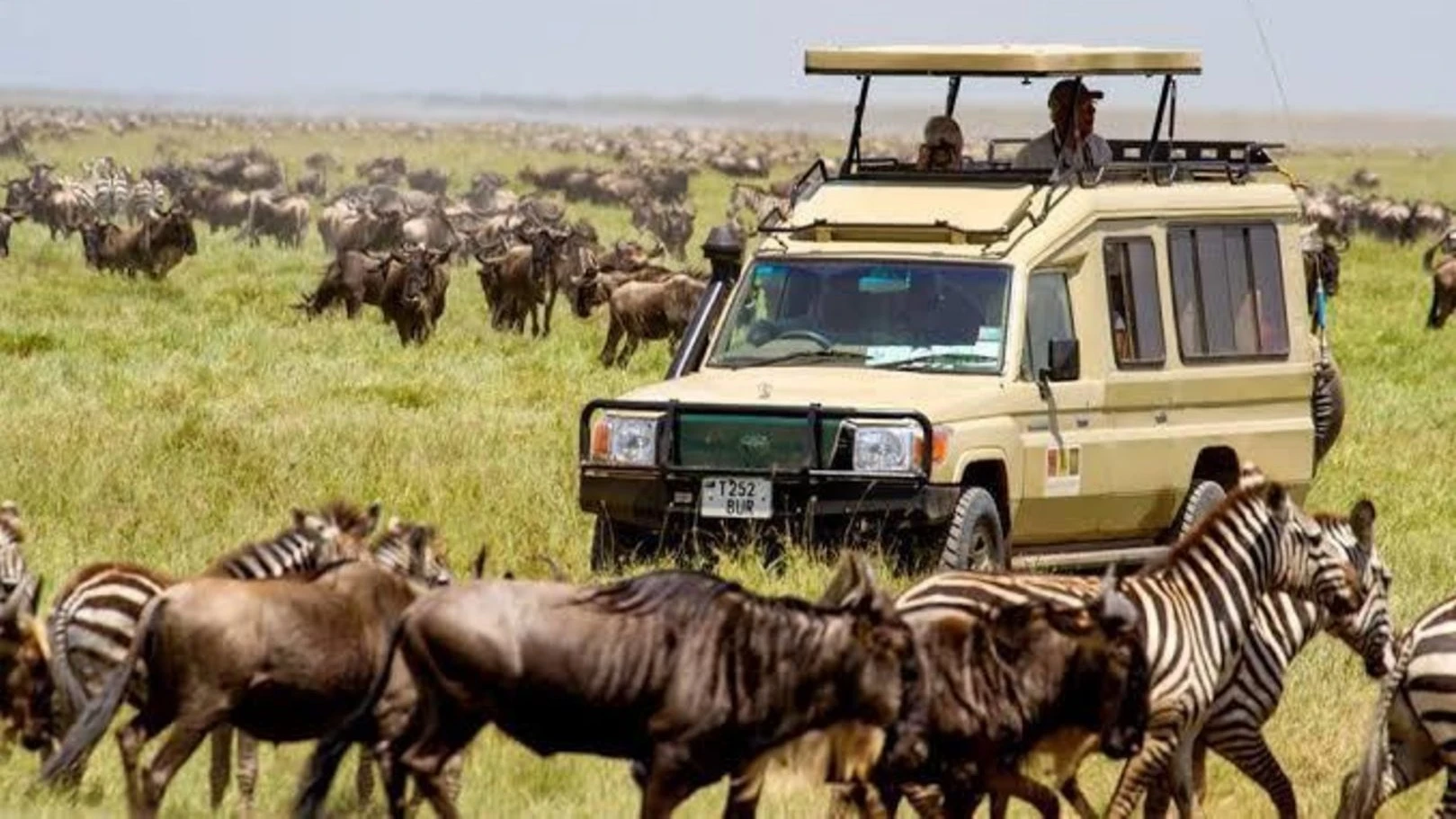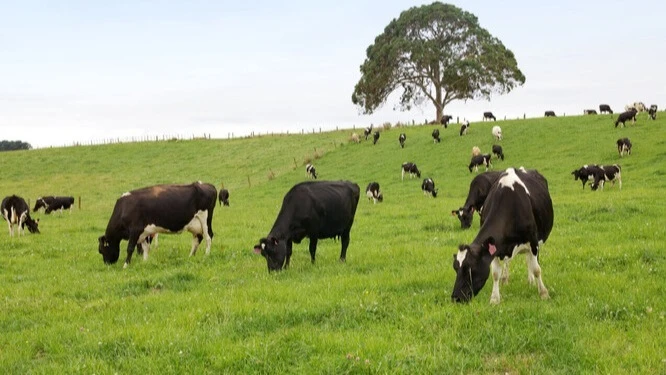Innovative tools to curb jumbo invasions just half the solution

WILDLIFE managers and an array of researchers have for a while now been studying innovative ways of halting animal incursions into farmland or villages, with the Tanzania Wildlife Management Authority (TAWA) seeking out specialised equipment for the purpose.
The tools are said to enable the taming of elephants habitually invading farms and village outskirts and are known to be able to ‘decide’ to invoke their inherent photographic memories with devastating impact when threatened.
Jumbo can easily overrun an expansive area with a vengeance as they seek to ‘discipline’ anyone they come across in such conditions.
While wildlife authorities are doing what they can to reduce hazards people living on the margins of conservation areas face, there are other ways that are hindered by tradition but that could help.
All one needs is to map out the perimeter at a visible risk of elephant or other wildlife incursions and then seek out private conservation firms to take up such areas and see if the residents can be paid and leave –or live differently.
They could also, say, maintain conservation-compliant activities there and shift residence further out as not everyone would wish to maintain that sort of activity but might elect to start afresh.
A district commissioner is quoted as having said that villagers have been enduring frequent destructive raids by elephants.
This suggests that the villagers concerned are within the immediate parameters of conservation areas, possibly owing to rising population.
And, to be sure, it is just not right for people to live in areas where animals commonly damage crops, threaten lives and cause widespread fear, so people ought to be properly compensated instead of merely being ushered out.
The regional commissioner was present when the DC explained how urgent the situation was, pleading with wildlife authorities to intervene decisively.
A senior TAWA official is reported to have ordered sufficient equipment to support trained youths tasked with managing elephant incursions.
As the said tools were not specified, it is a plausible hypothesis that they wouldn’t have exactly inspired the audience there – with the respective residents left to do the guessing, while the top administrators accepted the conservation proposal for lack of an alternative.
Since the PPP method is meant to find resources to leverage at problems which the government would take a lot more time to find, this kind of situation calls for PPP in conservation since the risk to life and village food resilience is all too often unacceptable.
Even if the public can momentarily give TAWA officials the benefit of the doubt on the issue – that the tools ordered will prevent elephants from entering farms and residential areas – there are wider solutions that PPP could come up with.
One possibility would be using the zone for conservation, including engaging in a range of activities, not definitely not establishing residences.
Top Headlines
© 2025 IPPMEDIA.COM. ALL RIGHTS RESERVED

















